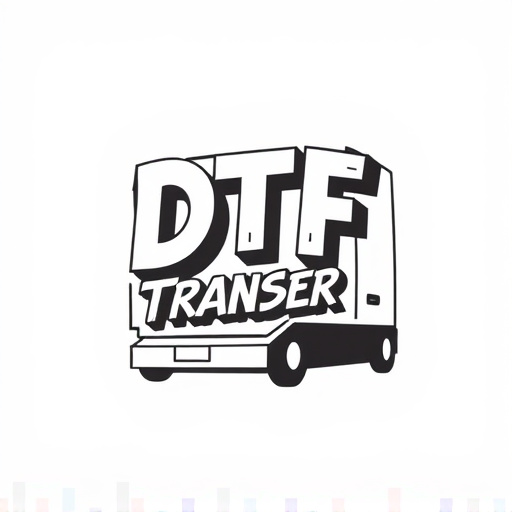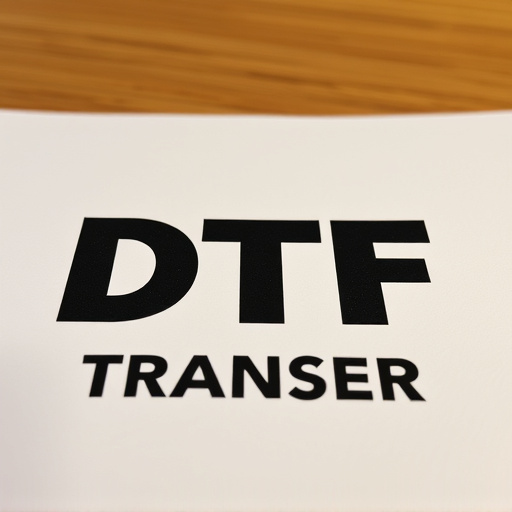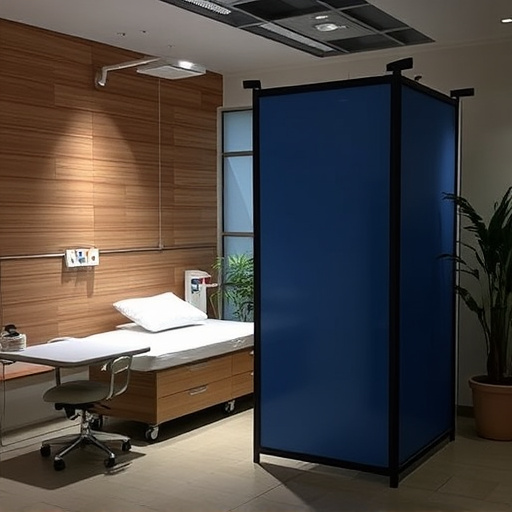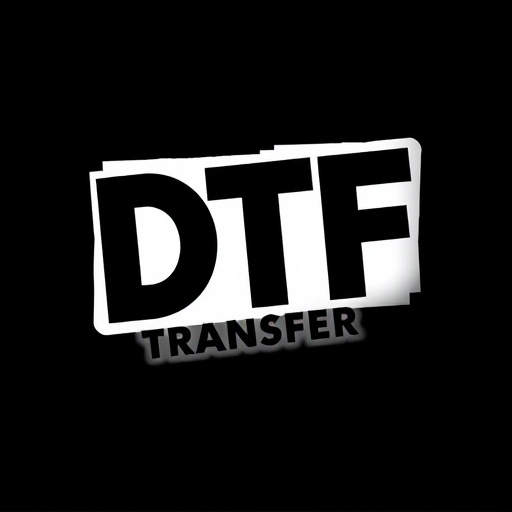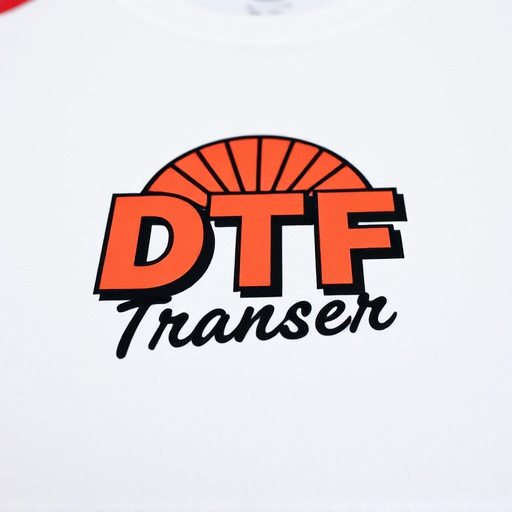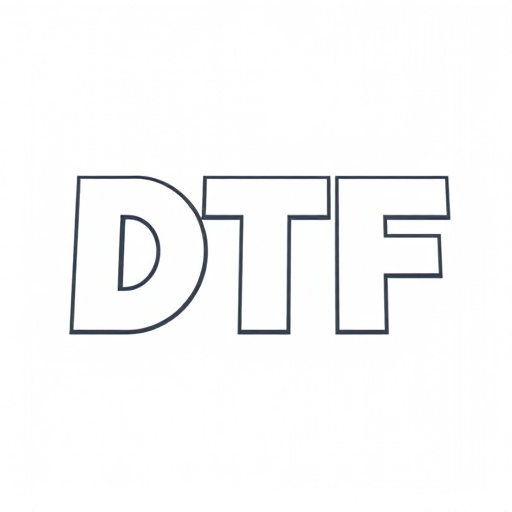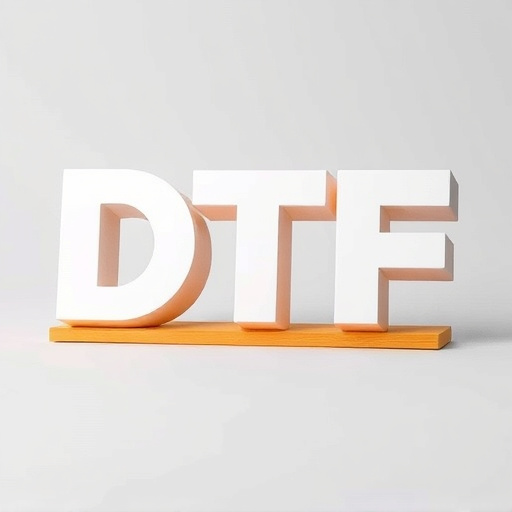Direct-to-Film (DTF) transfer printing offers versatile, cost-effective solutions for various applications. The process involves creating or obtaining a digital design and printing it onto specialized films, which can then be transferred to substrates like vinyl banners, window graphics, and fabric. Different film media options cater to diverse projects and budgets: vinyl for short-term displays, polycarbonate for durable signs, and acrylic for balanced affordability and strength. Setting up DTF printing requires significant upfront investment in equipment, with ongoing costs tied to maintenance and ink supplies. Labor expenses vary between in-house training or outsourcing to specialized service providers, while overhead charges, including facility costs, significantly impact the final price. Design complexity, print size, material type, and customization options also influence DTF transfer pricing.
“Direct-to-film (DTF) transfer offers a unique path for bringing designs to physical media. This article delves into the intricate cost structure surrounding various DTF options, providing a comprehensive guide for entrepreneurs and enthusiasts.
From material choices to labor expenses, we explore each facet of DTF printing. Learn about different media options, equipment setup costs, and who exactly handles the transfer process.
Furthermore, we dissect overhead charges, pricing factors, and customization possibilities, ensuring you’re equipped with knowledge to make informed decisions for your next DTF project.”
- Understanding Direct-to-Film (DTF) Transfer: An Overview of the Process
- Material Costs: Exploring Different DTF Transfer Media Options
- Equipment and Setup Expenses for DTF Printing
- Labor Costs: Who Handles the DTF Transfer Process?
- Overhead and Facility Charges for DTF Prints
- Pricing Factors and Customization in DTF Transfers
Understanding Direct-to-Film (DTF) Transfer: An Overview of the Process
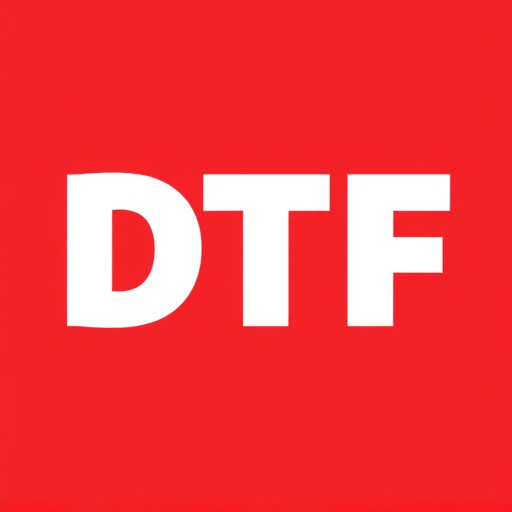
Direct-to-Film (DTF) Transfer is a cutting-edge printing process that has revolutionized the way we produce high-quality prints and graphics. This innovative technique allows for the direct application of design elements onto various film surfaces, enabling efficient and precise transfer to a wide range of materials. The DTF method is particularly favored in industries like signmaking, advertising, and event branding due to its versatility and cost-effectiveness.
The process begins with creating or obtaining a digital design that meets specific specifications. This design is then precisely printed onto a film medium using specialized equipment, ensuring sharp details and vibrant colors. The film acts as a carrier, allowing for easy application and adhesion to the desired substrate. Whether it’s printing on vinyl banners, window graphics, or even fabric, DTF Transfer offers a quick and efficient solution. Once transferred, the prints can be cured using UV light or heat, resulting in long-lasting, weather-resistant visuals that enhance any space.
Material Costs: Exploring Different DTF Transfer Media Options
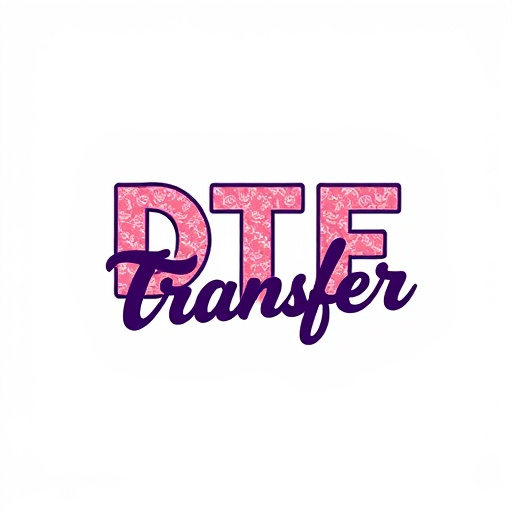
Direct-to-film (DTF) transfer options offer a range of media choices that significantly impact overall costs. When considering DTF printing, material expenses vary based on several factors, including the type of ink, substrate, and application requirements. Standard options include vinyl, polycarbonate, and acrylic sheets, each with varying price points and suitable for different projects.
For instance, vinyl is a cost-effective choice, ideal for short-term displays or basic DTF prints. Polycarbonate offers durability and clarity, making it perfect for long-lasting applications like signage or product labels. Acrylic sheets provide an excellent balance between affordability and strength, suitable for both indoor and outdoor use. Exploring these different DTF transfer media options allows businesses and creatives to align their material costs with the specific needs of their projects, ensuring they get the best value for their investment in DTF printing.
Equipment and Setup Expenses for DTF Printing

Direct-to-film (DTF) transfer printing involves specialized equipment and setup to achieve high-quality results. The initial investment in DTF printers, along with associated hardware, can be significant but is a one-time cost that ensures consistent output. Key components include print heads, ink systems, and the printer’s frame, which must be compatible for precise and reliable DTF transfer.
Setup expenses encompass the installation and calibration of the equipment, as well as the preparation of the printing area. This involves setting up the printer, installing inks, and ensuring proper ventilation to maintain optimal working conditions. Additionally, costs for maintenance and ink supplies should be factored in to account for ongoing operational expenses related to DTF prints.
Labor Costs: Who Handles the DTF Transfer Process?
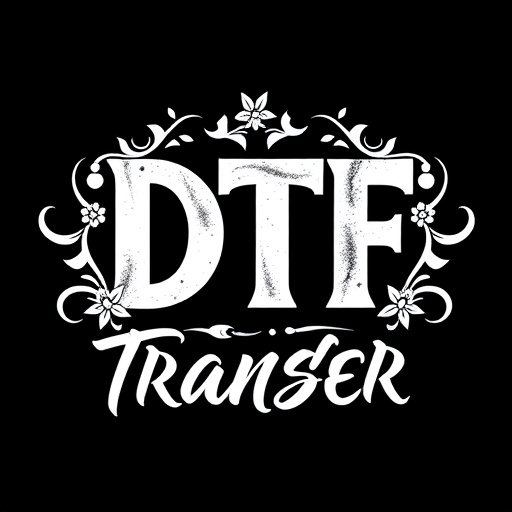
The cost structure of a direct-to-film (DTF) transfer process is multifaceted, and one key component is labor expenses. When it comes to handling the DTF transfer process, several options are available. Many businesses opt for in-house personnel trained in DTF printing and transferring, which can reduce costs associated with outsourcing but may require substantial initial investment in employee training and equipment setup.
For smaller operations or those without specialized expertise, outsourcing the DTF transfer process to a third-party service provider is often more feasible. These providers typically employ skilled technicians who specialize in DTF printing and prints, ensuring high-quality outcomes. While labor costs can be higher for outsourced services, they offer convenience and access to advanced techniques and equipment that may not be readily available or cost-effective for individual businesses.
Overhead and Facility Charges for DTF Prints
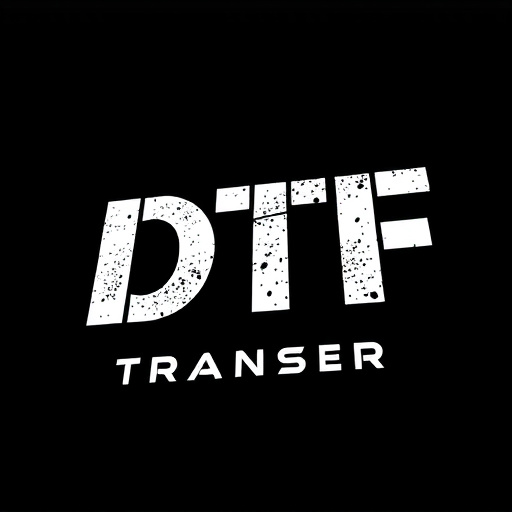
Direct-to-film (DTF) transfer options come with varied cost structures, and one significant component is overhead and facility charges for DTF prints. These fees cover the operational costs associated with running a DTF printing service. They include expenses such as rent, utility bills, equipment maintenance, and staff salaries for facilities offering in-house printing services. The location of the print shop can significantly impact these costs, with urban areas generally having higher overhead charges due to increased living and business expenses.
DTF prints often require specialized equipment and expertise, which contributes to the overall facility charge. Customers should be aware that these costs are non-negotiable and are typically included in the pricing structure of DTF transfer services. Understanding these hidden fees is crucial for budget planning and ensuring a transparent cost analysis when comparing different DTF printing options.
Pricing Factors and Customization in DTF Transfers
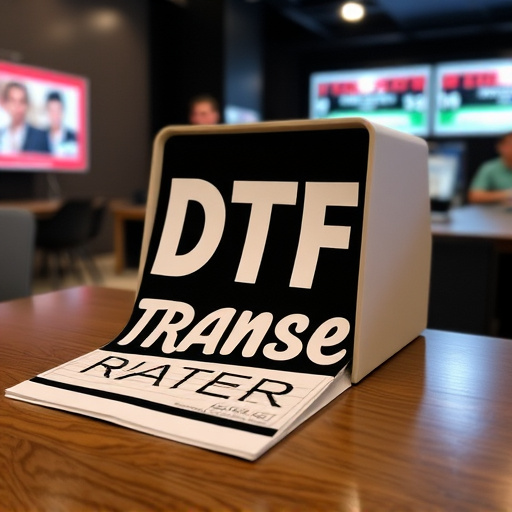
The pricing for a Direct-to-Film (DTF) transfer is influenced by several factors, each playing a significant role in determining the overall cost. One of the key considerations is the complexity of the design; intricate and detailed prints will generally carry a higher price tag due to the advanced techniques required for their creation. The size of the print is another critical factor; larger DTF prints often demand higher costs due to the increased material usage and potential technical challenges. Additionally, the chosen material, whether it’s vinyl or fabric, can significantly impact pricing, with specialized materials carrying a premium. Customization options also affect the cost structure; unique color palettes, specific finishing touches, or tailored shapes may add to the expenses.
DTF Printing companies often provide customization services, allowing customers to personalize their prints. These customizations, while enhancing the final product, can contribute to varying price points. The level of customization required, along with the complexity of implementation, will influence the overall cost of the DTF Transfer process. As such, clients should discuss these options with providers to understand how they are incorporated into the pricing structure.
